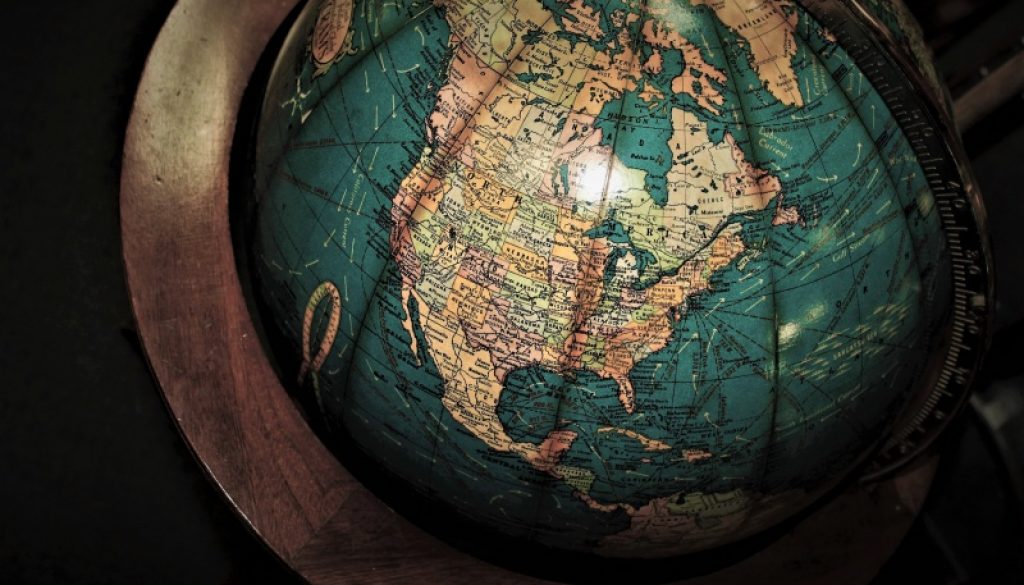A Kingdom from Dust

#TIA – Odds are you’ve never heard of Stewart Resnick. You’ll never forget him once you do
On a summer day in the San Joaquin Valley, 101 in the shade, I merge onto Highway 99 past downtown Fresno and steer through the vibrations of heat. I’m headed to the valley’s deep south, to a little farmworker town in a far corner of Kern County called Lost Hills. This is where the biggest irrigated farmer in the world — the one whose mad plantings of almonds and pistachios have triggered California’s nut rush — keeps on growing, no matter drought or flood. He doesn’t live in Lost Hills. He lives in Beverly Hills. How has he managed to outwit nature for so long?
Read more at The California Sunday Magazine

